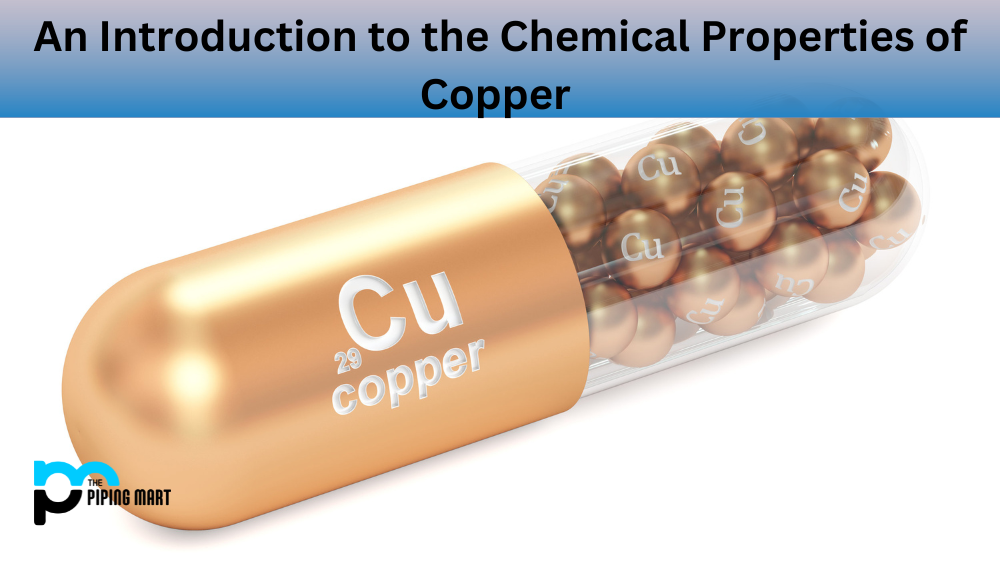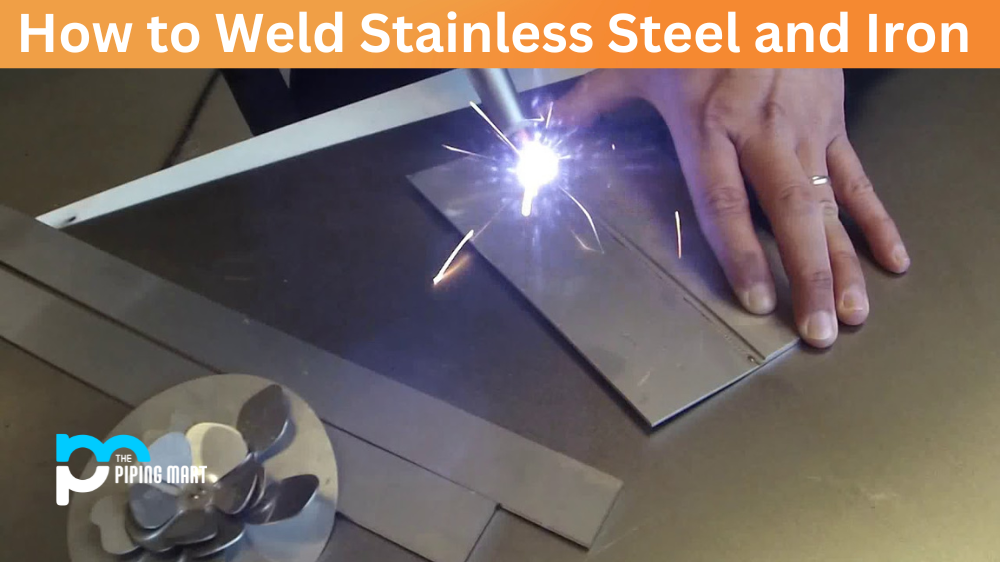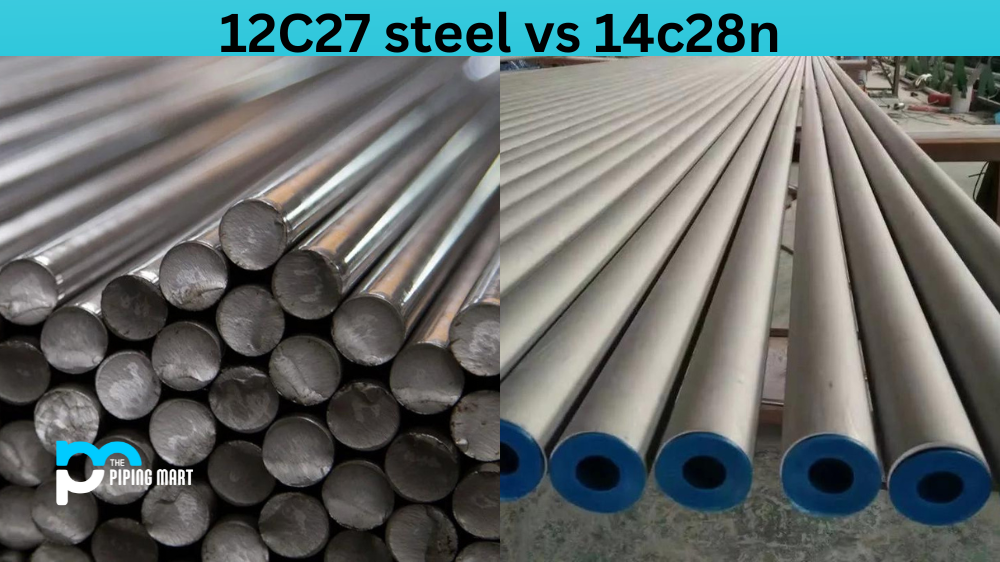Copper is one of the world’s most widely used and versatile elements. It is known for its malleability, ductility, electrical conductivity, and corrosion resistance. But many people don’t know that copper also has a wide range of chemical properties that make it an essential element for many industries. Let’s take a closer look at some of the chemical properties of copper.
The Chemistry of Copper
Copper is a transition metal with atomic number 29 and the symbol Cu on the periodic table. It has a relatively low melting point, which makes it easy to work with in its solid form. Copper also has two common oxidation states, +1 and +2, making it useful for industrial processes and everyday objects such as jewelry and cookware.
Copper reacts easily with oxygen in air or water to form either copper oxide (CuO) or copper hydroxide (Cu(OH)2). This reaction can be used in electroplating or other industrial processes that require corrosion protection or plating on metal surfaces. In addition, copper can react with sulfuric acid to form copper sulfate (CuSO4), which can then be used as an algaecide or insecticide in agricultural applications.
Another essential chemical property of copper is its ability to form alloys with other metals such as zinc, aluminum, nickel, tin, iron, silicon, and manganese. These alloys are strong yet lightweight compared to pure copper and are used for everything from jewelry to ship-building materials. Copper alloys are especially useful for applications requiring heat-resistant materials because they have higher melting points than pure copper.
Chemical Properties of Copper
1. Copper is a chemical element with the symbol Cu (from Latin: cuprum) and atomic number 29. It is a soft, malleable, and ductile metal with very high thermal and electrical conductivity. A freshly exposed surface of pure copper has a pinkish-orange color.
2. Copper is used as a conductor of heat and electricity, as a building material, and as a constituent of various metal alloys, such as sterling silver used in jewelry, cupronickel used to make marine hardware and coins, and constantan used in strain gauges and thermocouples for temperature measurement.
3. Copper is one of the few metals that can occur in nature in a directly usable metallic form (native metals). This led to very early human use in several regions, from c. 8000 BC. Thousands of years later, it was the first metal to be smelted from sulfide ores, c. 5000 BC; the first metal to be cast into a shape in a mold, c. 4000 BC; and the first metal to be purposefully alloyed with another metal, tin, to create bronze, c. 3500 BC.
4. In the Roman era, copper was principally mined on Cyprus, hence the origin of the name of the metal as сyprium (metal of Cyprus), later shortened to cuprum. Its compounds were known to the ancients, and pliny mistakenly credits its discoverer Hero of Alexandria for developing an improved method of casting it into thin sheets..
5. Middle Easterners had mastered metallurgy by 3000 BC and were using furnaces capable of reaching 1,830 °C (3,356 °F) by about 2600 BC They could then have cast copper into shapely objects with great precision by c. 2400 BC By 1200 BC , they had developed methods for cold-working wrought copper so that it could be produced in much larger sizes than before
6. The major development in copper metallurgy took place late in the 19th century when electrothermal processes were developed that greatly increased the purity that could be achieved and also reduced production costs at the same time.. Metallurgists working in this new field discovered that when they added small amounts of other elements to molten copper it changed some of its properties in useful ways.. This process became known as alloying..
7. One important property that can be changed by alloying is electrical conductivity.. For example, adding just 1% silver to copper increases its electrical conductivity by 20%.. Another example is that adding manganese increases strength but decreases ductility.. Finally, adding zinc changes nothing about how well the resulting alloy conducts electricity but does make it more resistant to corrosion..
8. Because each application has different requirements for how strong or tough or electrically conductive or corrosion resistant an alloy needs to be there are now over 400 different copper alloys in use today..
Conclusion
The chemical properties of copper make it a great choice for many different types of applications, including electrical wiring, plumbing pipes, jewelry making, and more. Its ability to form alloys with other metals gives it even more versatility, while its low melting point makes it easier to manipulate into different shapes when necessary. Understanding these properties is essential for chemistry students or anyone looking to learn more about this versatile metal element!
8. Because each application has different requirements for how strong or tough or electrically conductive or corrosion resistant an alloy needs to be there are now over 400 different copper alloys in use today..
Conclusion
The chemical properties of copper make it a great choice for many different types of applications, including electrical wiring, plumbing pipes, jewelry making, and more. Its ability to form alloys with other metals gives it even more versatility, while its low melting point makes it easier to manipulate into different shapes when necessary. Understanding these properties is essential for chemistry students or anyone looking to learn more about this versatile metal element!

Pipingmart is a B2B portal that specializes in metal, industrial and piping items. Additionally, we share the latest information and information about materials, products and various types of grades to assist businesses that are involved in this business.




